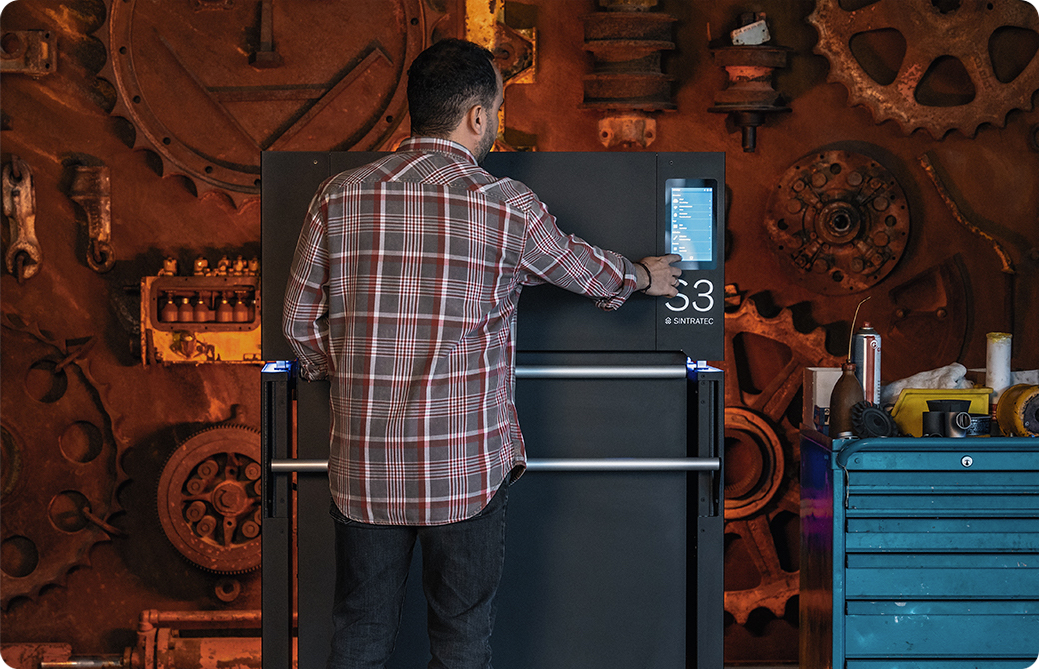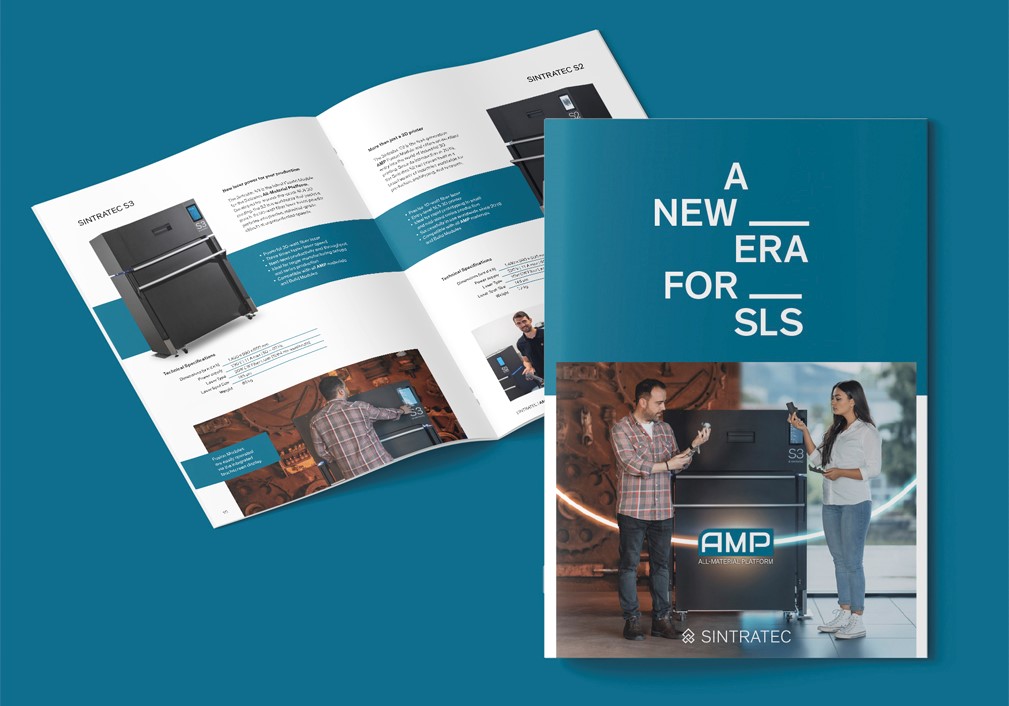Breakthrough in additive manufacturing of complex ceramics
In a groundbreaking PhD project at the SUPSI University in Switzerland, Marco Pelanconi developed a novel hybrid additive manufacturing process to fabricate complex ceramic structures. The Sintratec Kit played an essential role in his research.
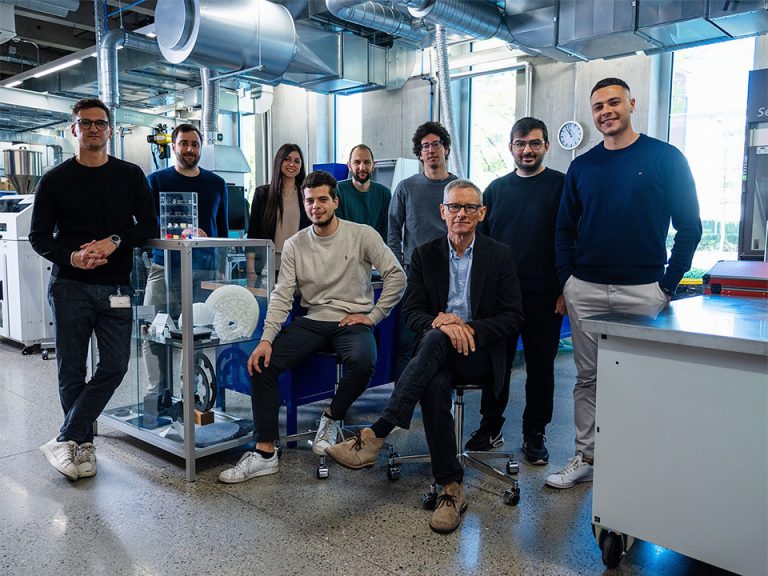
A research powerhouse from Switzerland
During the last 20 years, the Hybrid Materials Laboratory (HM Lab) of the University of Applied Sciences and Arts of Southern Switzerland (SUPSI) has been conducting cutting-edge research on ceramics. In 2019, the HM Lab head Professor Alberto Ortona already illustrated the potential that porous 3D prints possess for ceramic materials. Now, one of Professor Ortona’s doctoral candidates at the University of Padua, Marco Pelanconi, has successfully defended his PhD thesis in this very research area.
A novel hybrid additive manufacturing process
As his dissertation project, Pelanconi optimized the above mentioned process to produce complex ceramic architectures through additive manufacturing. The approach involves 3D printing of polymeric preforms with high microporosity through selective laser sintering (SLS), combined with infiltration with preceramic polymers. Then, pyrolysis is used to obtain a polymer-to-ceramic conversion at around 1000°C. A final densification is performed via molten silicon infiltration to achieve ceramic parts with high density.
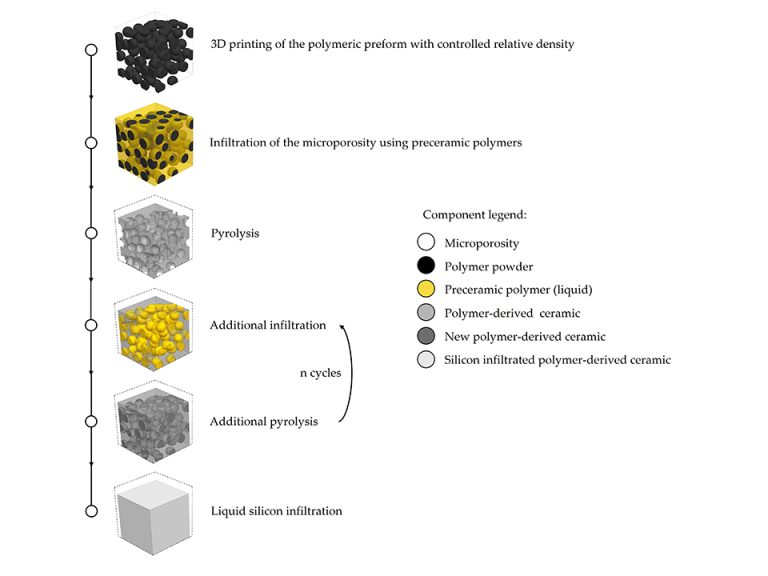


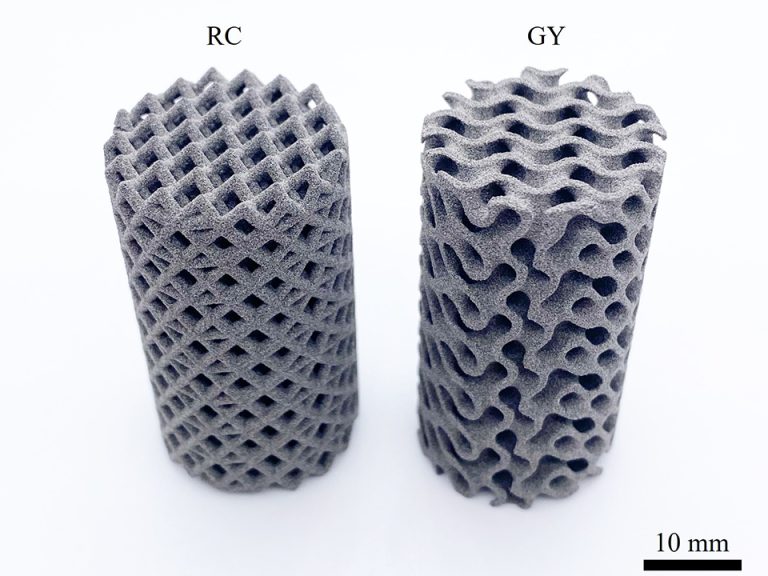
Once selectively laser sintered inside the Sintratec Kit, Marco Pelanconi removes the residual powder to obtain the PA12 parts.
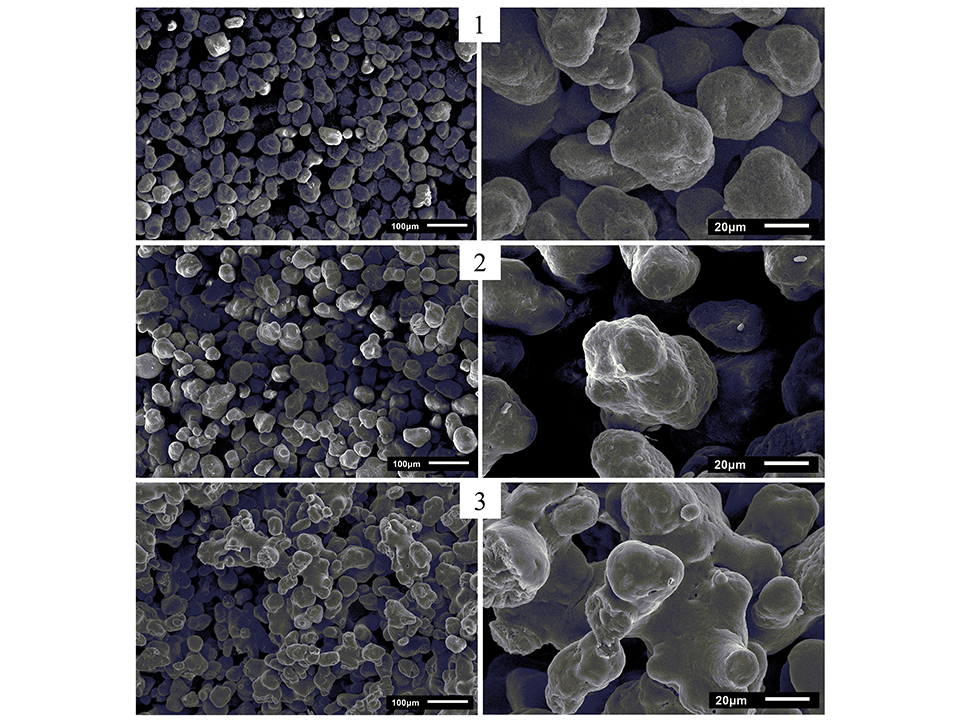

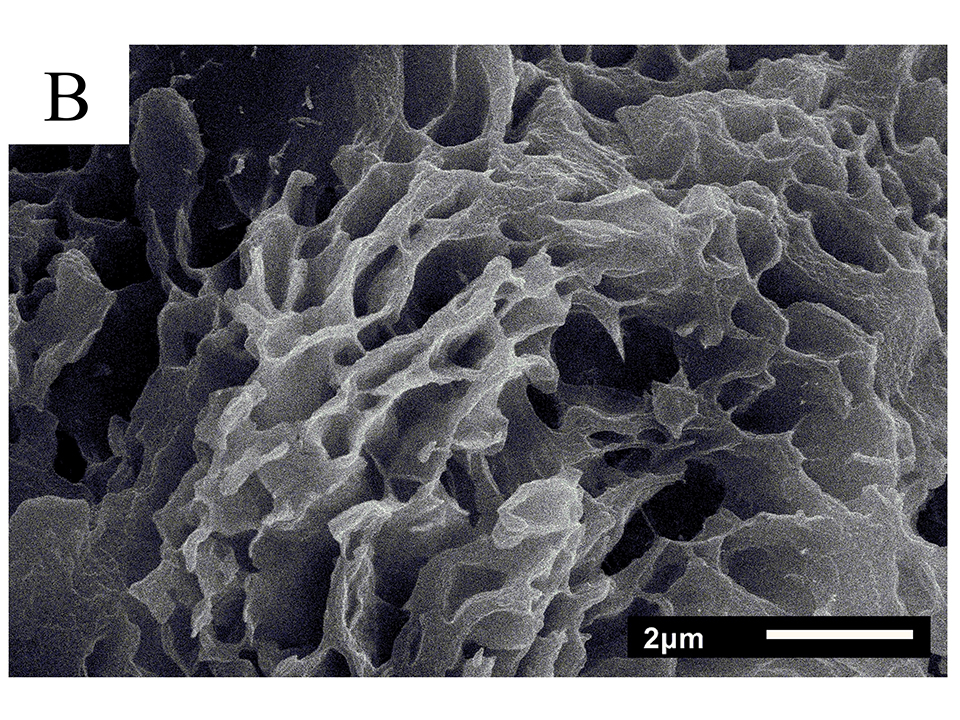
Different porosities can be achieved by varying the printing parameters.
Porosity control with open parameters
The Sintratec Kit – to this day the world’s first and only assembly kit in the field of SLS – took center stage in Marco Pelanconi’s research thanks to the 3D printer’s open parameters. «The Kit allowed us to change a lot of printing parameters, including powder surface temperature, layer thickness, laser speed, hatching spacing, and more, making it easy to control the porosity of the 3D printed parts», Pelanconi explains. By varying these factors, the material engineer was able to achieve an ideal porosity and thus a high part quality. The right porosity is crucial for further infiltration.
Creating complex ceramic architectures
To illustrate how this method could be used for especially complex shapes, Pelanconi’s research focused on two cylindrical porous structures with different topologies: a rotated cube and a gyroid. After printing with Sintratec PA12 and subsequent conversion into ceramics, the resulting parts exhibited outstanding mechanical and thermal properties. They maintained their pristine shape without distortion or macrocracks, despite a shrinkage of ~25%. According to Pelanconi, their impressive biaxial strength of 165 MPa could still be increased through further process optimization.

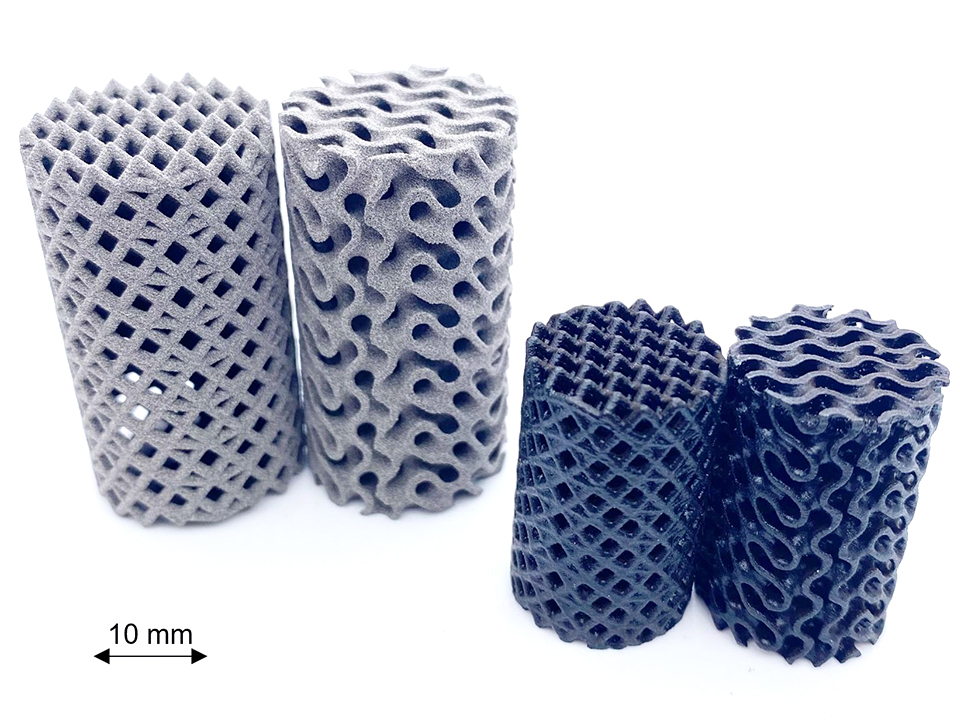
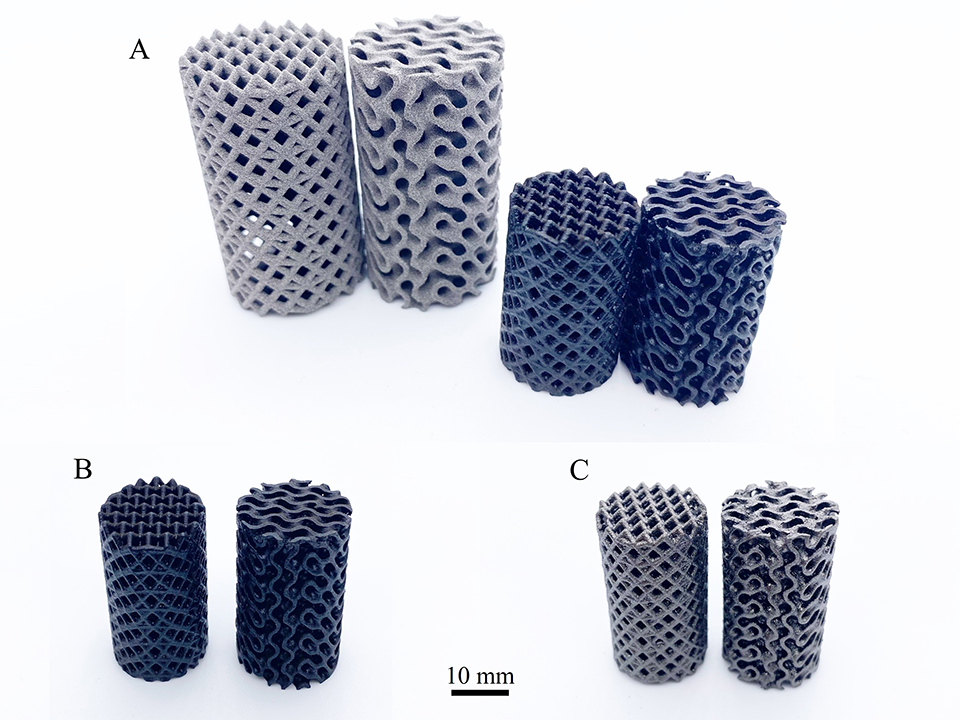
The 3D printed gyroid and rotated cube structures before and after their conversion into different ceramics.
Potential for a multitude of industries
Why are complex ceramic architectures so promising? «These classes of materials offer unmatched thermo-mechanical properties that cannot be provided by steels, such as high temperature resistance, high oxidation resistance, high thermal shock resistance and high strength», emphasizes Pelanconi. Therefore, ceramics are well suited to be used in extreme environments, e.g., in heat exchangers, catalyst supports, thermal storage, burners, or aerospace. This innovative approach, carried by Marco Pelanconi within the HM Lab, could be exploited by the high-tech industry thanks to the many different ceramic materials obtainable from a wide range of preceramic polymers.



With Pelanconi’s process, complex shapes of various ceramics (SiC, SiOC, SiCN, SiSiC etc.) can be produced relatively fast and efficiently.

“SLS allows us to produce very complex parts with high resolution and lets us control the microporosity of the parts – this is not easily achievable with other AM technologies.”
Marco Pelanconi
Material Engineer
SUPSI
Interested in our SLS technology?
Our Swiss-made 3D printers enable users around the world to break new ground and advance their applications. Would you like to find out more about the Sintratec technology? Then contact us today!
